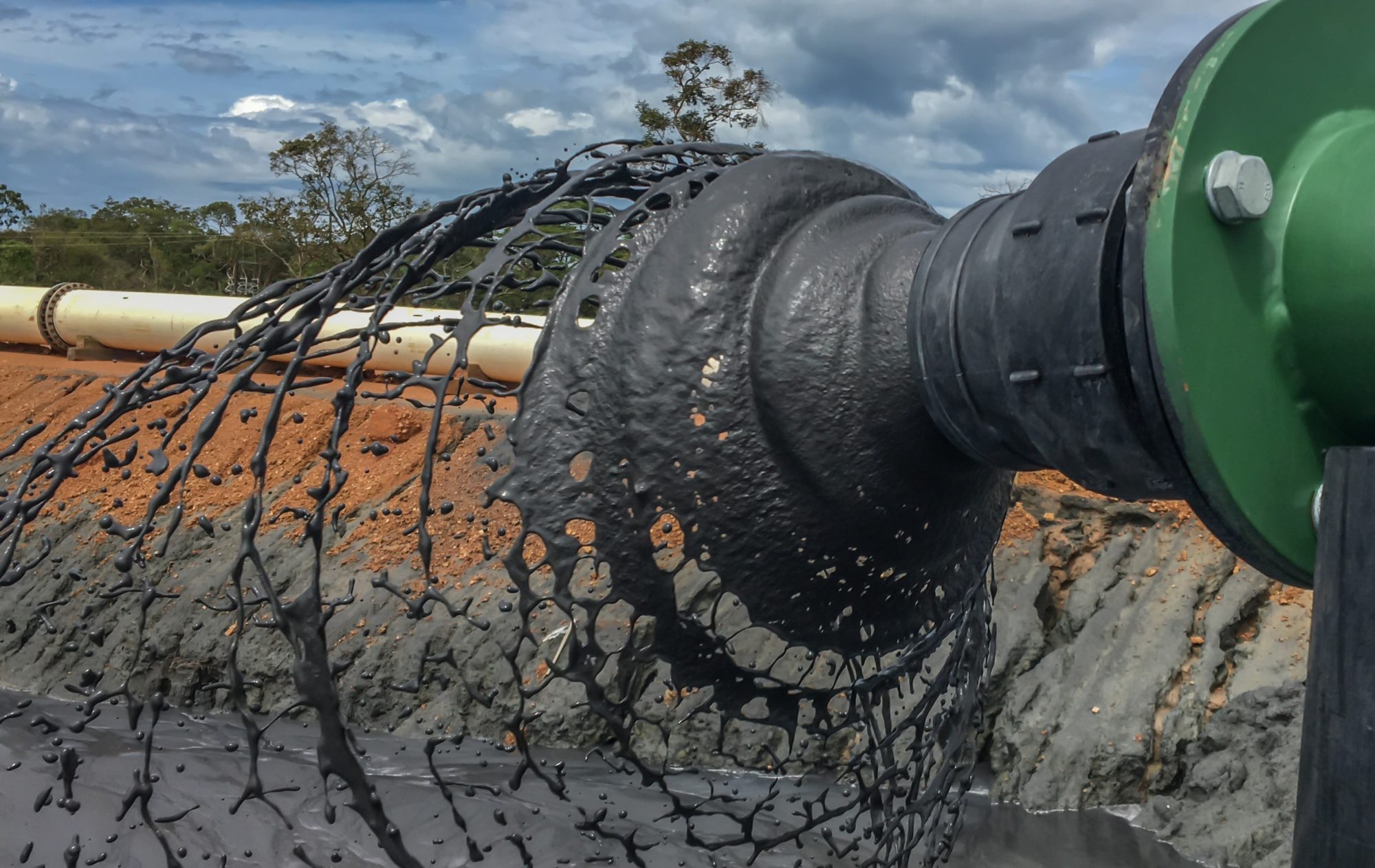An innovative hydrocyclone solution from Multotec is allowing a large Zambian copper mine to develop a safe and cost effective tailings storage facility (TSF), the South Africa based company says.
The TSF faced a number of specific challenges, according to Frikkie Enslin, Senior Applications Engineer responsible for cyclones at Multotec, including its extensive planned capacity and the area’s flat topography. The mine’s process plant pumps some 10,000 m³/h of tailings to the TSF, requiring its final circumference to reach about 19 km.
“The flat area around the mine meant there was no suitable topography to provide a natural dam,” Enslin says. “It was therefore vital to create strong walls to retain the slurry from the plant, so that the integrity of the TSF could be assured.”
Simple gravity separation and sun-drying had proved unable to create material firm enough to constitute walls, according to Multotec. In the early days of the plant’s operation, it was shown material being deposited by means of plain spigoting could still not be walked on even after a month of drying in the sun. By contrast, Multotec’s 250 mm GV hydrocyclones were able to deliver an underflow discharge that could be walked on in just two days, the company said. After a week, the material could withstand the weight of an excavator.
The sheer volume of slurry being pumped into the TSF, however, created its own challenge. The hydrocyclones had initially been mounted on metal cradles, which were inundated within a couple of hours. Extracting the cyclone and cradle from the mud for the next placement was difficult and very time consuming.
“The customer needed a solution that would keep the cyclone above the slurry level for longer, and would be easier to move,” he says. “To do this, we designed a cyclone cradle that could be attached to a long wooden pole, giving much greater height, allowing the customer to leave the cyclones in the same position for a much longer time.”
With Multotec’s experience and facilities for custom design and manufacture, the hydrocyclones were then modified to be lighter. This made them easier to handle and manoeuvre, it said.
“Constructed with a lighter metal, these tailor-made units are industry leaders in terms of being lightweight and are rubber-lined to ensure long wear life,” he said. “We also made some innovative improvements to the vortex finders and the cone sections, which are now metal spun.”
Other changes were made to speed up the changing of a spigot, and the moving of the hydrocyclones from one point on the TSF wall to the next. The design now includes a threaded spigot coupling and quick-release connections on the cyclone.
The solution has been so successful to date that over 250 of Multotec’s modified GV hydrocyclones have been installed.
“Just as we collaborated closely with the customer in developing this solution, so we continue our partnership in monitoring the performance of our hydrocyclones as the project goes on,” Enslin says. “An expert applications engineer from our Johannesburg head office visits the site regularly, while our Zambia office in Chingola offers solid technical and field service support. We don’t just sell process equipment, but rather process solutions.”











